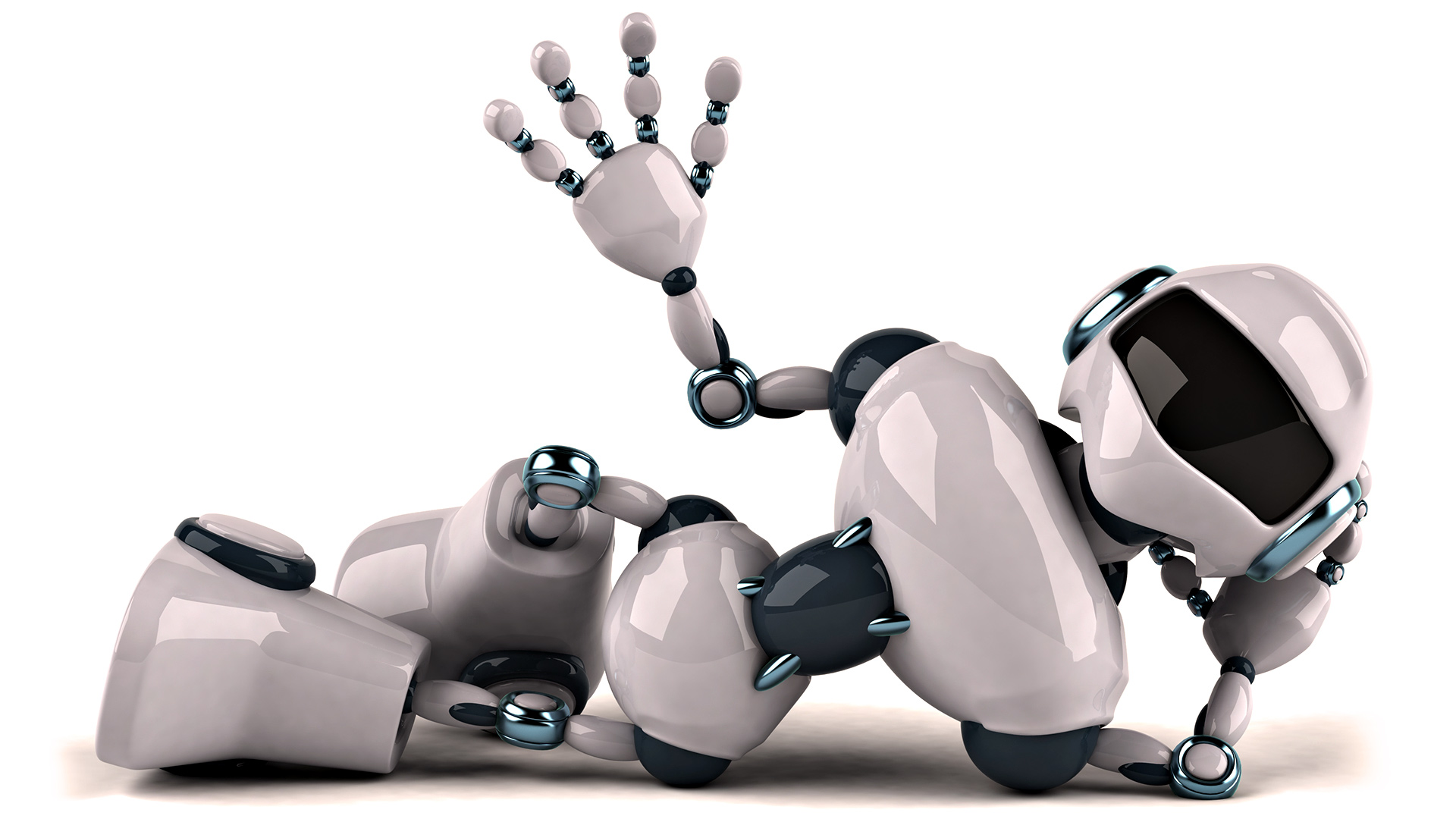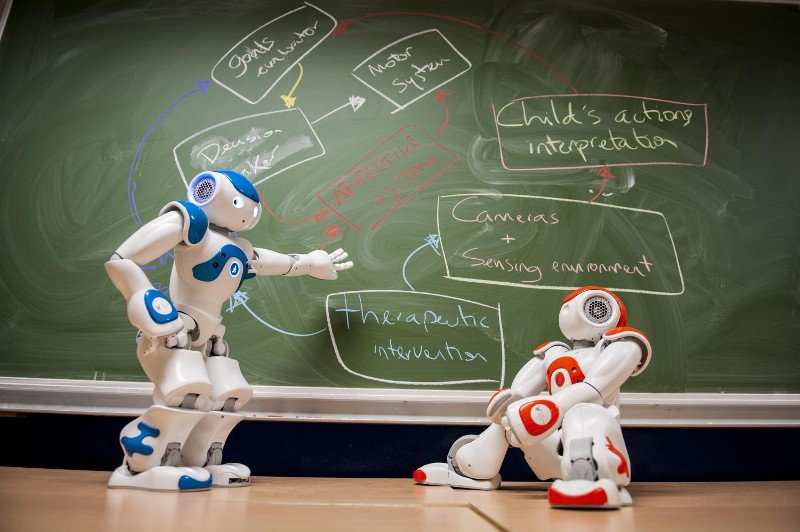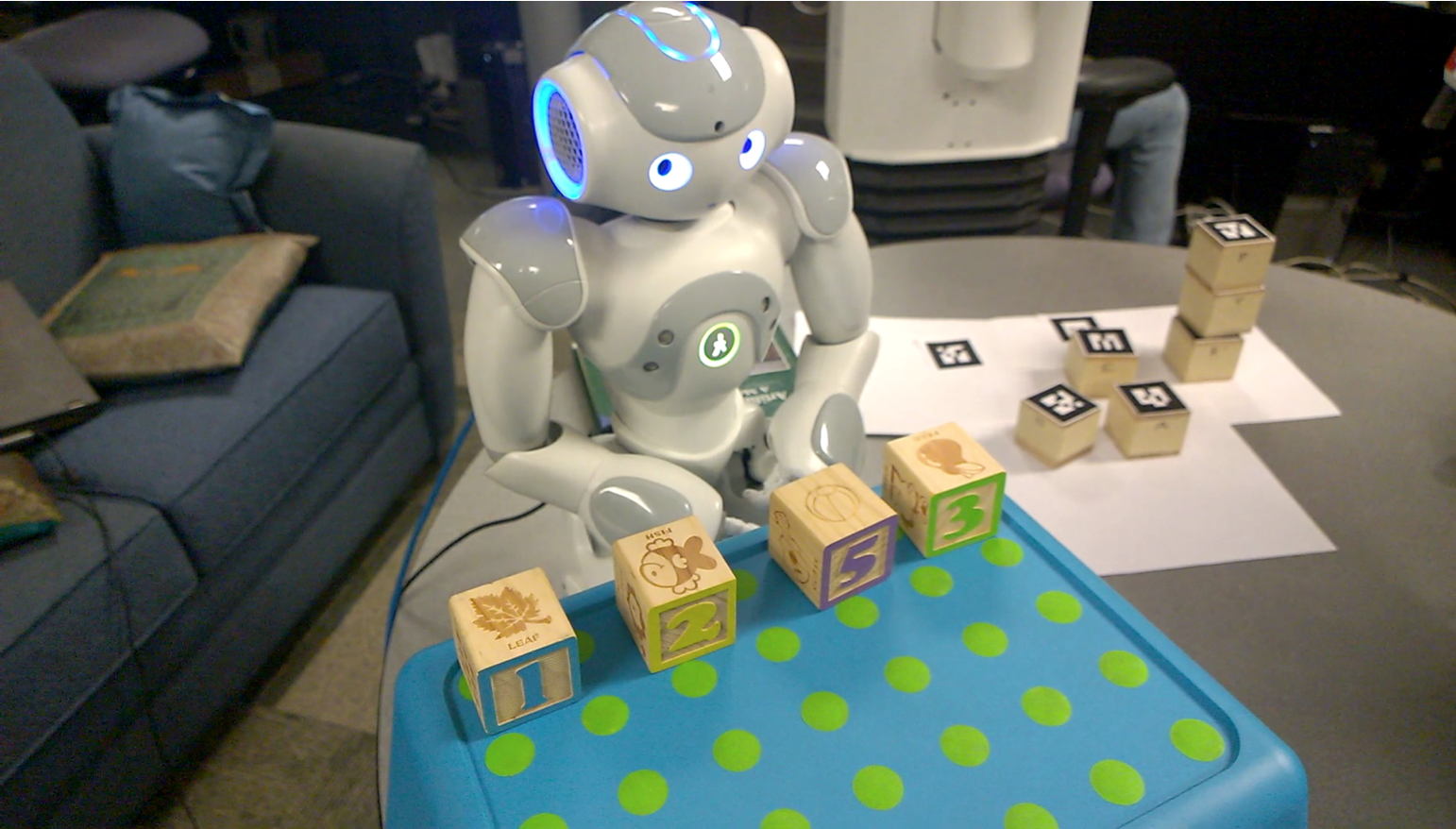Hey readers! Welcome to Trendphobia, We believe in the fascinating evolution of robots in the field of robotics has opened doors to a future where these mechanical beings serves their original purpose and exhibit human-like characteristics. As time progressing, the distinction between humans and machines becomes increasingly hazy, thanks to the remarkable advancements in robot capabilities. In this blog, we embark on a captivating journey into the world of robotics, skillfully employing transitional words to accentuate the profound transformation of robots into entities that closely emulate human beings.
Achieving Human-Like Appearance

Robots are no longer bulky, metal-clad machines confined to factory floors. Instead, they are adopting more human-like appearances, with artificial skin and lifelike features. Comparably and analogously highlight the growing physical resemblance between robots and humans, accentuating the strides made in creating robots that mirror our own form.
Read more: Embracing the Future with Google Glass: A Glimpse into the World of Wearable Technology
Emotional Intelligence

While emotions are traditionally associated with humans, robots are now being equipped with emotional intelligence. They can recognize and respond to human emotions, fostering more meaningful interactions. From “equally” and “correspondingly” from Robots we can underscore the development of robots emotional intelligence and making them more relatable and empathetic.
Natural Language Processing of Robots

The ability to understand and generate human-like speech is a crucial aspect of human-robot interaction. Thanks to advancements in natural language processing, robots can comprehend complex language patterns and engage in seamless conversations. Consequently and subsequently emphasize the impact of these developments, propelling robots closer to human levels of communication.
Also Read Apple AirTag: The Ultimate Tracking Solution Redefining Everyday Convenience
Learning and Adaptation Ability

Robots have transcended their static programming, embracing a new era of learning and adaptation. With the integration of machine learning and adaptive algorithms, they possess the remarkable ability to acquire knowledge, process information, and refine their performance. Through this evolution, robots become increasingly autonomous, flexible, and responsive, continually enhancing their capabilities. They analyze, adjust, and improve with each experience, propelling us towards a future where learning and adaptation are intrinsic to robotic systems..
Navigating Ethical Challenges

As robots become more human-like, ethical considerations come to the forefront. However they enable us to address the ethical challenges that accompany this transformation. These concerns include issues of privacy, consent, and the potential impact on the job market. Acknowledging these challenges is essential as we strive for a harmonious integration of robots into society.
At Trendphobia we recognizes and celebrates the extraordinary evolution of robots that has propelled us into a future where the boundaries between humans and machines are becoming increasingly blurred. Throughout our blog, we have highlighted the remarkable progress made in various aspects of robotics, including physical resemblance, emotional intelligence, natural language processing, and learning capabilities.
“Embracing robotics and artificial intelligence will propel India towards a more innovative, digitally-enabled, and globally competitive future.” – Ratan Tata
Thanks for Reading.

[…] The Evolution of Robots: Bridging the Gap Between Humans and Machines […]
[…] Also read: The Evolution of Robots: Bridging the Gap Between Humans and Machines […]